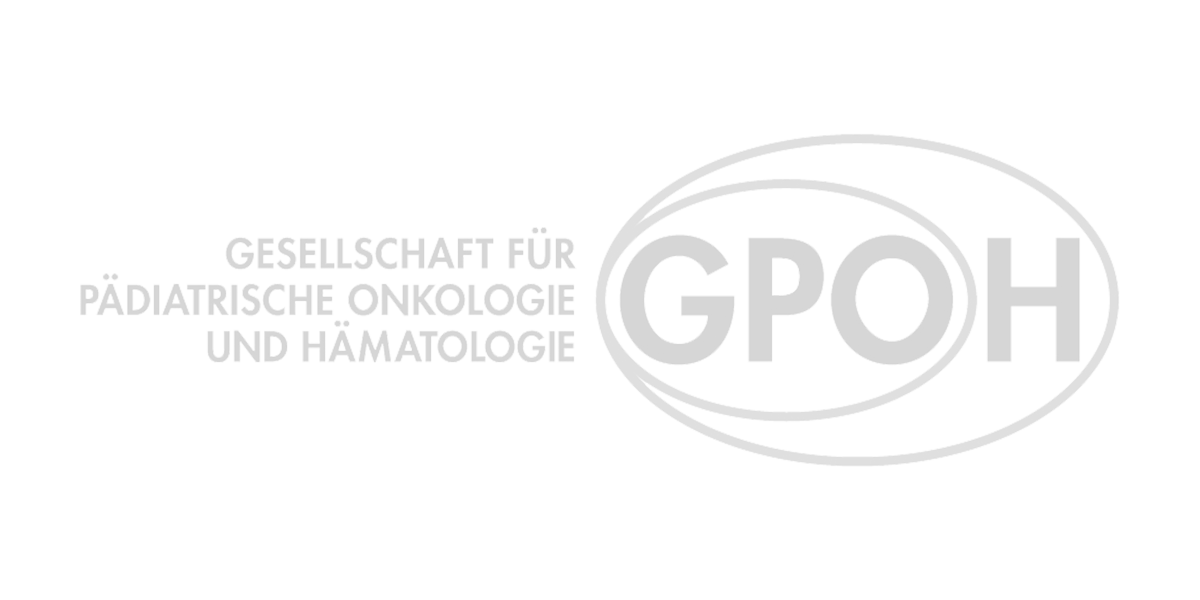"Nijmegen Breakage Syndrome" – What Is It?
Nijmegen breakage syndrome is a hereditary syndromic disease that is associated with an increased risk of cancer. Characteristics include a typical facial expression caused by a small head and receding chin, immunodeficiency, and an increased infection tendency. The most frequently associated tumors are malignant lymphomas.
How Is "Nijmegen Breakage Syndrome" Diagnosed?
The diagnosis is suspected when the typical appearance of Nijmegen breakage syndrome is observed (see clinical presentation) and confirmed by genetic testing.
What Is the Risk of Cancer?
Clinical Presentation
Patients with Nijmegen breakage syndrome show certain typical clinical features, which include
- Small head
- Short stature
- Sloping forehead, upward slanting palpebral fissures, a pronounced nose, relatively large ears, and a small or receding chin
- Immunodeficiency, which can lead to repeated infections that affect the respiratory tract in particular
- Cancer (see below)
- Timely achievement of developmental milestones in the first year of life, mild to moderate intellectual disability possible after the age of 7
- Irregular skin pigmentation
The risk of a patient with Nijmegen breakage syndrome developing a malignant disease is 40% before age 20. The most common tumors observed in association with Nijmegen breakage syndrome are
- T-cell lymphomas (55%)
- B-cell lymphomas (45%)
- Brain tumors (medulloblastomas, gliomas)
- Rhabdomyosarcomas
Heterozygous carriers of the mutation (i.e., only one allele is affected, e.g., parents) have an increased risk of developing breast and prostate cancer.
What Is Known About the Development of "Nijmegen Breakage Syndrome"?
A genetic defect leads to an error in the DNA repair system. Any errors that occur can no longer be sufficiently corrected. In addition, the chromosomes, i.e., the carriers of the genetic material, are more fragile than healthy chromosomes.
Is There Any Form of Treatment Available?
Treatment is primarily based on the earliest possible diagnosis of precancerous lesions. Cancer therapy for people with Nijmegen-Breakage syndrome requires special care and should only be carried out in experienced centers.
Diagnosis of " Nijmegen Breakage Syndrome" What's Next?
If you have been diagnosed with this cancer predisposition syndrome, it is important to see a specialist. The following section explains whether cancer screening tests or other measures are needed and how they should be carried out. We also give you some valuable tips on what you can do yourself. If you have any questions, please do not hesitate to contact us or your doctor.
Diagnosis of "Nijmegen Breakage Syndrome" What's Next?
If you have been diagnosed with this cancer predisposition syndrome, it is important to see a specialist. The following section explains whether cancer screening tests or other measures are needed and how they should be carried out. We also give you some valuable tips on what you can do yourself. If you have any questions, please do not hesitate to contact us or your doctor.
Medical Measures for Early Detection
According to the latest AACR (American Association of Cancer Research) guidelines, the following measure are recommended for early detection:
- Haemato-oncology: Good sun protection, avoidance of ionising radiation, HPV vaccination, annual complete physical examination after diagnosis, NO blood tests for early detection of cancer
- Pulmonology: Basic examination at diagnosis, in case of lung problems also during the course of the disease, aggressive antibiotic therapy according to antibiogram
- Gastroenterology/nutrition: Basic examination at diagnosis, also during the course of the disease in case of problems, nutritional supplementation
- Endocrinology: Growth documentation (height, weight, head circumference), ovarian function tests in women
- Neurology: Developmental screening and early intervention if needed
- Orthopaedics: Basic examination and as required
- Immunology: Check-up and appropriate therapies as required and immunological recommendations
Nijmegen Breakage Syndrome – What You Can Do Yourself
You Should Pay Attention to This
- Reduction/avoidance of radiation (e.g., X-rays, computer tomography, radiotherapy), if possible
- If necessary, vitamin E and folic acid supplements in consultation with the doctor
- Immunoglobulin administration for severe infections
- Hormone replacement therapy, if necessary
- Breast egg examination in affected women
Further Information
Open clinical trials/registry:
-
- European Society for Immunodeficiencies (ESID) Registry Freiburg (ESID Registry)
- to the English-language website of “IPOPI – International Patient Organization for Primary Immunodeficiencies”
- to the Swedish website of the “Primary Immunodeficiency Organization”
- to the website of “GDUK- Genetic Disorders UK”
Patients can also register for the CPS registry at any time or have this done by the doctors in charge.
Furthermore, Nijmegen breakage syndrome is being researched in our companion projects Liquid Biopsy and ADDRess, so we encourage patients to register for these in addition to the CPS Registry.
Any further questions?
You can reach us by e-mail and telephone, or you can come to our consultation hours in person. For more information, please visit our contact page.








